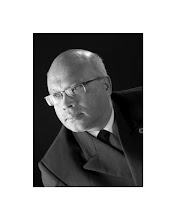“I recently came across a new art community website at www.artybuzz.com. Artybuzz is a website that is completely free to join, and allows artists of all kinds to exhibit work online and become part of a vibrant online art community with artists from all over the world covering all kinds of styles. Members can get feedback on their work, create and join online art groups, advertise exhibitions and more.
The main thrust of the website, and one of the most appealing aspects of the site is that these artists that join will have the chance of selling their own works through the website. All artists have to do is upload an image of their work which they can then choose to sell as prints, canvases and more. Artists set their own price and Artybuzz handle everything else, when an order is placed they print, post and handle payment and then send artists their earnings. The company prides itself in its fast delivery times and also on the fact that they print on products that are not necessarily that widespread like mural wallpapers. This makes the site unique and stand out from similar websites.
A platform like this one seems to be a true catalyst for collaboration, as you can meet up with people who might move in different spheres than the ones you move in. Anyone is welcome to join Artybuzz, to create a free profile people simply need to go to www.artybuzz.com/register.php.
Enjoy
Nigel Thomas
Art Enthusiast
"A Home Without Art is a Home Without Heart"
blogshttp://collectart.wordpress.com/
http://buildanartcollection.blogspot.com
http://www.artreview.com/profile/NigelThomas
website
http://www.buildanartcollection.com

